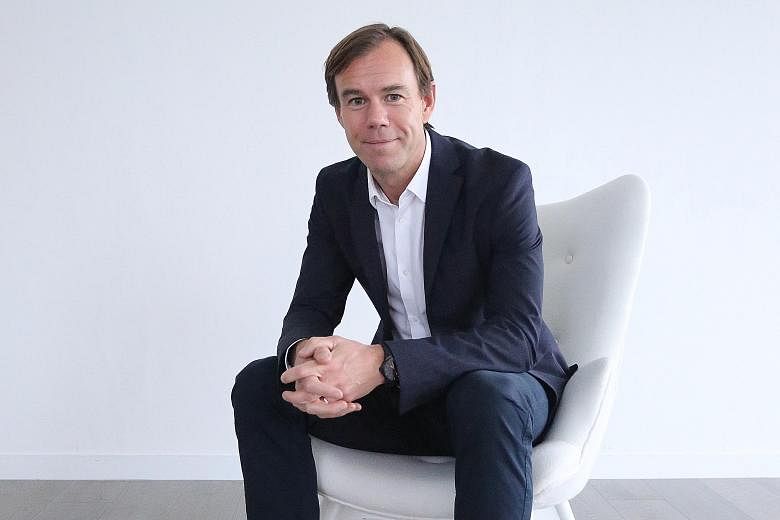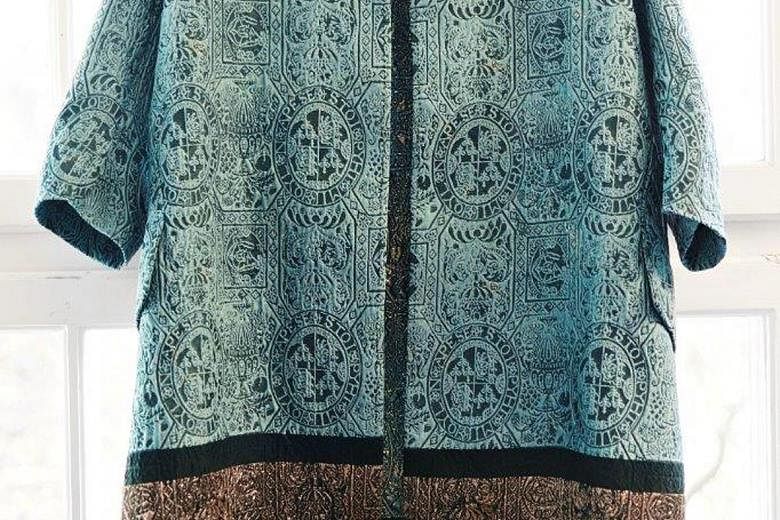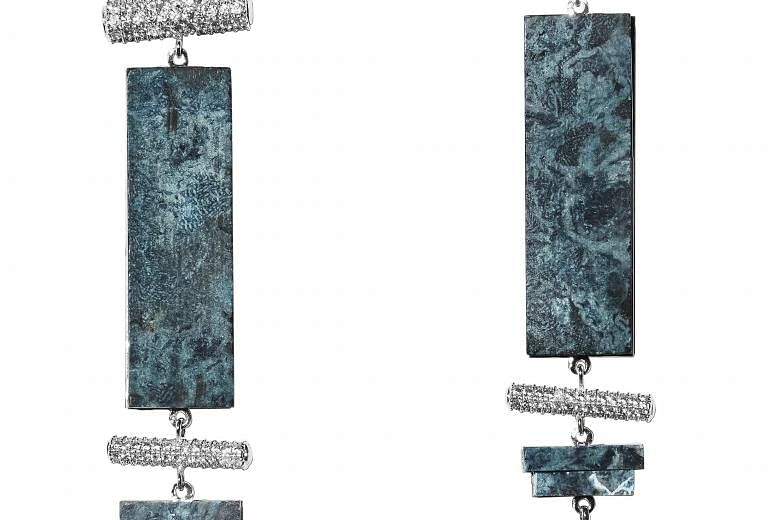At a time when consumers are more aware of the detrimental effects of fast fashion on the environment, Swedish high street fashion label H&M is working harder on being sustainable.
In an exclusive interview, its chief executive, Mr Karl-Johan Persson, 40, tells The Straits Times: "I believe that for big companies, taking a wider perspective than just maximising profits is the right thing to do."
Last year, H&M collected more than 7,600 tonnes of used clothing worldwide. Through its partner I:CO, a company that re-uses old garments, the collected pieces are either sold as second-hand clothes, turned into products such as cleaning rags or recycled.
It has also invested in Worn Again, a British company that develops technologies to re-use fabric.
Mr Persson says: "The planet's resources are limited, that is why we want to close the loop with our garment-recycling programme and get the used fibres back into production, even though that costs a lot of money in the short term."
H&M is one of the world's largest global clothing retailers. Its closest competitors are the Spanish-run Zara and Japanese brand Uniqlo.
As the purveyor of affordable and trendy clothing, H&M - founded by Mr Persson's grandfather Erling Persson in 1947 - and its competitors are synonymous with the term fast fashion. These brands make inexpensive and trendy clothing that are produced quickly.
In the last five years, such brands have been receiving flak for churning out cheap and disposable clothing that pollute the environment when they end up in landfills or are incinerated.
Mr Persson, a father of three, has been steering H&M as its managing director and chief executive since 2009.
He adds that in the long term, going eco-friendly will boost the brand's sales figures and productivity.
"There is a strong business case at the heart of being sustainable," he says. "Our customers and our colleagues are caring more for the environment. So if we are responsible, that will boost the brand's image while letting us recruit and retain the best talent."
The move towards sustainability is important for H&M, especially when it is expanding at full force.
In 2008, it had 1,713 stores spread across 33 markets. Today, the brand has more than doubled the number of stores to 3,567 in 61 markets.
Last year, the company's sales grew by 14 per cent. In the first nine months of this year, the figure jumped by another 12 per cent. The brand was launched in Singapore in 2011. Last year, its local sales figures stood at $120 million.
Besides its used-garment collection and recycling programme, which was launched in 2013, Mr Persson says H&M has been spending more time on coming up with its designs.
"The words 'fast fashion' are sometimes misused and give the impression that designs end up in the stores like two days from when they were conceptualised. Although there is a lot of renewal in the H&M store selection all the time, a lot of the styles were actually planned at least a year in advance. A lot of time is spent on designing each product."
The result is popular and fashionable clothing, such as the brand's sell-out designer collaborations (most recently, with labels Balmain, Alexander Wang and Isabel Marant) and the more premium H&M Studio line, that are priced up to the hundreds and are made to last through the seasons.
In 2010, the brand launched its first complete collection made from organic and other sustainable materials. For the next Conscious Exclusive collection, to be launched in April, the brand's design team embellished intricate pieces with beads and rhinestones made from recycled glass and worn denim.
H&M started out as a small women's clothing store in Vasteras in central Sweden almost 70 years ago. Its founder, Mr Erling Persson, was inspired after he saw how successful women's clothing stores in the United States were during the post-war years. Things came full circle when he witnessed the opening of the first H&M stores in the US in 2000.
"There were a lot of nervous moments when we expanded across the Atlantic but it was a really good experience for him to see that good start in the US before he died," recalls Mr Persson. The founder died in 2002 at the age of 85.
Three years later, the younger Mr Persson joined H&M as head of expansion, business development, brand and new business. He was also on the founding team of COS, a modern, functional and masstige label started in 2007 under the H&M group. The conglomerate also owns four other clothing labels: Weekday, Cheap Monday, Monki and & Other Stories.
Although the keen sportsman grew up listening to his grandfather talk about H&M at the kitchen table and would spend his summer holidays working on the shop floor when he was in school, he says he never knew he would end up running the company.
"I was always dreaming about sports and a lot of other things. I grew more interested in H&M when I became part of the COS team and realised how creative, competitive and exciting the whole industry is," he says.
Today, he runs the company like his grandfather would have done.
"He often said, I want to sleep well at night. It is very important to run an ethical business and profits should not always be maximised," Mr Persson says.
"So that is why, with our sustainability efforts, we don't just think about the next quarterly profit, but about the many years down the line."



